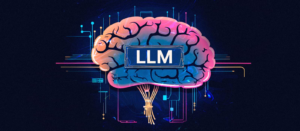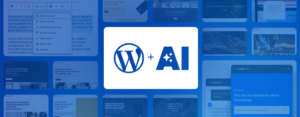Machine learning has evolved from a niche research field to one of the most in-demand skills in the tech world. Whether you’re looking to build intelligent systems for real-world use cases or just starting your AI journey, “Hands-On Machine Learning with Scikit-Learn and TensorFlow” offers one of the best practical roadmaps out there.
Let’s break down the concepts, tools, and techniques covered in this hands-on approach to building smart, real-world machine learning solutions.
🔍 What Is the Book About?
This hands-on guide teaches you how to use two of the most popular Python machine learning libraries:
- Scikit-Learn – Best for traditional ML models like regression, decision trees, and clustering.
- TensorFlow/Keras – Ideal for deep learning: neural networks, computer vision, NLP, and more.
The book strikes a balance between theory and practical implementation, showing how ML systems are built and deployed using real datasets.
🧠 Core Concepts Covered
1. Machine Learning Fundamentals
- Types of ML: supervised, unsupervised, reinforcement
- Overfitting, underfitting, generalization
- Bias-variance tradeoff
- Cross-validation and model evaluation
2. Data Preparation and Pipelines
- Handling missing values
- Feature scaling (standardization, normalization)
- Encoding categorical variables
- Automating preprocessing with Scikit-Learn pipelines
3. Classical Machine Learning with Scikit-Learn
- Linear and logistic regression
- Decision trees and random forests
- Support Vector Machines (SVMs)
- K-Nearest Neighbors (KNN)
- Ensemble methods: voting, bagging, boosting
🤖 Deep Learning with TensorFlow and Keras
1. Neural Networks
- Understanding neurons, layers, and activation functions
- Feedforward and fully connected layers
- Backpropagation and gradient descent
2. Model Training Techniques
- Learning rate scheduling
- Batch normalization
- Early stopping
- Regularization (L1, L2, dropout)
3. Advanced Architectures
- Convolutional Neural Networks (CNNs) for image tasks
- Recurrent Neural Networks (RNNs), LSTMs, and GRUs for time-series and sequences
- Transformers for NLP (highlights in newer editions)
🧰 Tools and Ecosystem
- Jupyter Notebooks: interactive environment for writing and testing code
- Matplotlib & Seaborn: data visualization
- NumPy & Pandas: data manipulation and analysis
- TensorBoard: visualizing training, model architecture, and performance
- Keras: TensorFlow’s high-level API for easy model building
📈 Projects and Real-World Examples
The book is filled with end-to-end projects, such as:
- Predicting housing prices
- Classifying images (MNIST)
- Training sentiment analysis models
- Building a spam filter
Each project emphasizes best practices like:
- Data cleaning
- Feature engineering
- Model tuning
- Saving/loading models
- Deploying to production
🚀 Why You Should Read It
Whether you’re a data scientist, software engineer, or hobbyist, this book helps you:
- Build intuition for how ML algorithms work
- Apply ML techniques to real problems
- Transition from traditional ML to deep learning
- Use industry-standard tools to build scalable systems




